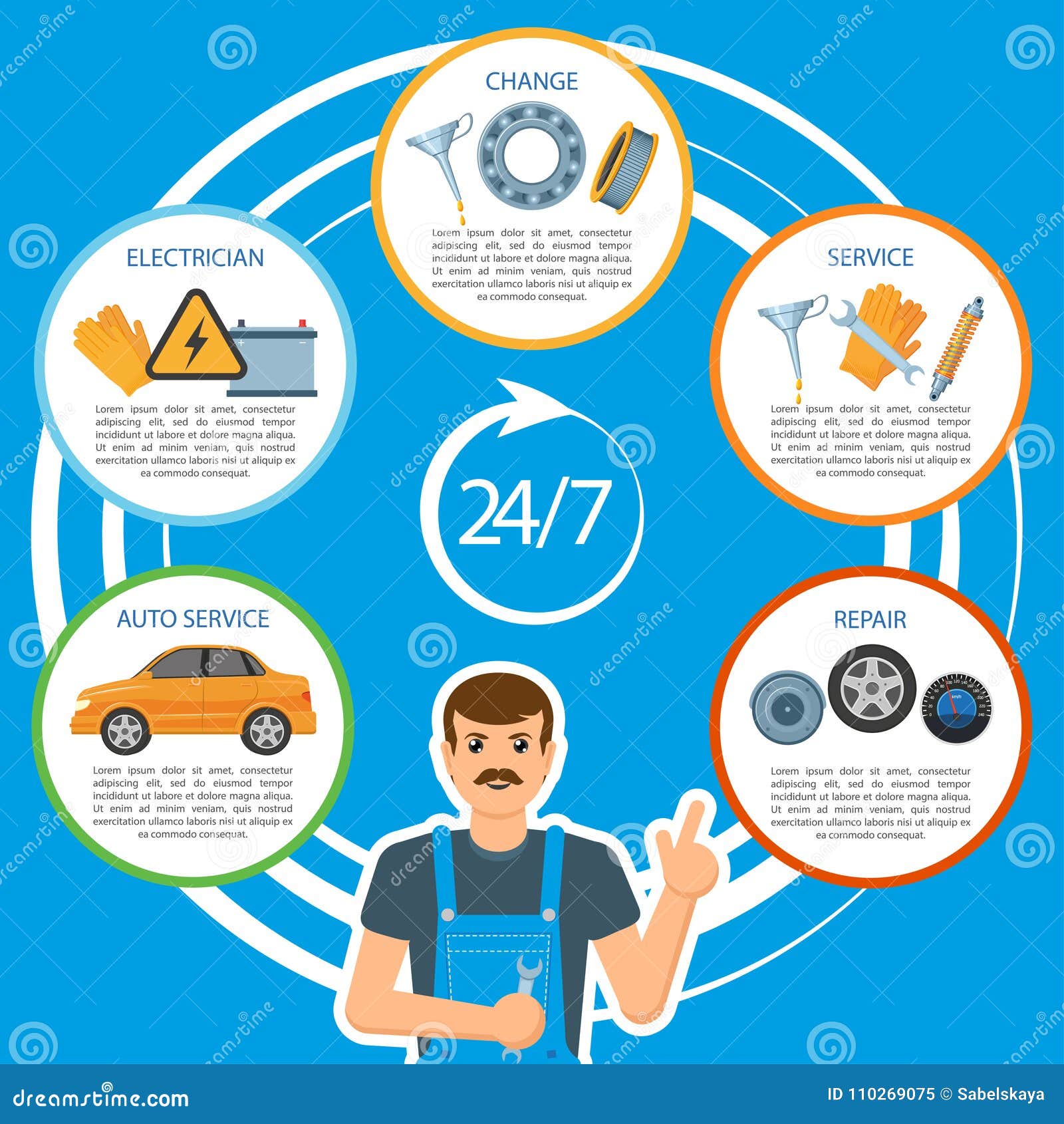Curious About Those Control Panel Caution Lights In Your Vehicle? Discover What They Suggest For Your Automobile'S Health And Wellness
Curious About Those Control Panel Caution Lights In Your Vehicle? Discover What They Suggest For Your Automobile'S Health And Wellness
Blog Article
Write-Up By-Boye Gilbert
When you lag the wheel, those beautiful caution lights on your dashboard can be a bit difficult. Do you recognize what they're trying to inform you concerning your vehicle's health and wellness? Understanding the significance of these lights is essential for your safety and security and the durability of your vehicle. So, the next time one of those lights appears, wouldn't you want to understand its message precisely and take the necessary actions to address it?
Common Warning Lighting and Interpretations
Identify typical caution lights in your auto and recognize their definitions to make certain risk-free driving.
One of the most common warning lights consist of the check engine light, which indicates problems with the engine or emissions system. If this light begins, it's vital to have your automobile checked quickly.
The oil pressure advising light shows low oil stress, needing prompt attention to stop engine damages.
A blinking battery light might recommend a defective billing system, potentially leaving you stranded otherwise resolved.
The tire stress surveillance system (TPMS) light notifies you to low tire pressure, influencing automobile stability and fuel effectiveness. Overlooking this could cause hazardous driving problems.
The abdominal light suggests a problem with the anti-lock stopping system, endangering your capacity to stop swiftly in emergencies.
Finally, the coolant temperature level cautioning light warns of engine getting too hot, which can result in extreme damage otherwise solved swiftly.
Recognizing these common warning lights will help you address concerns without delay and preserve risk-free driving problems.
Value of Prompt Interest
Comprehending the typical warning lights in your auto is just the very first step; the value of immediately resolving these cautions can't be emphasized sufficient to guarantee your security when traveling.
When a warning light illuminates on your dashboard, it's your cars and truck's way of interacting a possible problem that needs attention. Neglecting simply click the following article can result in more extreme troubles later on, compromising your safety and security and potentially costing you much more in repairs.
Motivate interest to alerting lights can protect against breakdowns and accidents. As an example, a blinking check engine light might show a misfire that, if left ignored, can cause damages to the catalytic converter. Addressing this quickly can save you from an expensive repair work.
Likewise, a brake system cautioning light may signal reduced brake fluid or worn brake pads, important components for your safety when driving.
DIY Troubleshooting Tips
If you notice a warning light on your control panel, there are a couple of do it yourself troubleshooting ideas you can attempt prior to seeking specialist assistance.
The first step is to consult your cars and truck's handbook to comprehend what the certain warning light shows. Often https://ecutuningforbeginners30516.actoblog.com/32752568/mobile-car-detailing-benefit-meets-high-quality-for-your-lorry can be as simple as a loosened gas cap causing the check engine light. Tightening the gas cap might fix the issue.
Another usual problem is a low battery, which can activate different warning lights. Inspecting the battery connections for deterioration and guaranteeing they're safe and secure might repair the issue.
If a caution light continues, you can try resetting it by disconnecting the car's battery for a few mins and after that reconnecting it. In addition, inspecting your lorry's liquid degrees, such as oil, coolant, and brake liquid, can aid repair advising lights related to these systems.
Conclusion
Finally, recognizing your automobile's warning lights is vital for keeping your car running smoothly and securely. By promptly dealing with these signals and knowing what they suggest, you can avoid expensive repairs and possible break downs.
Remember to consult your vehicle's guidebook for particular information on each cautioning light and act appropriately to make sure a trouble-free driving experience.
Keep informed, remain safe when traveling!
